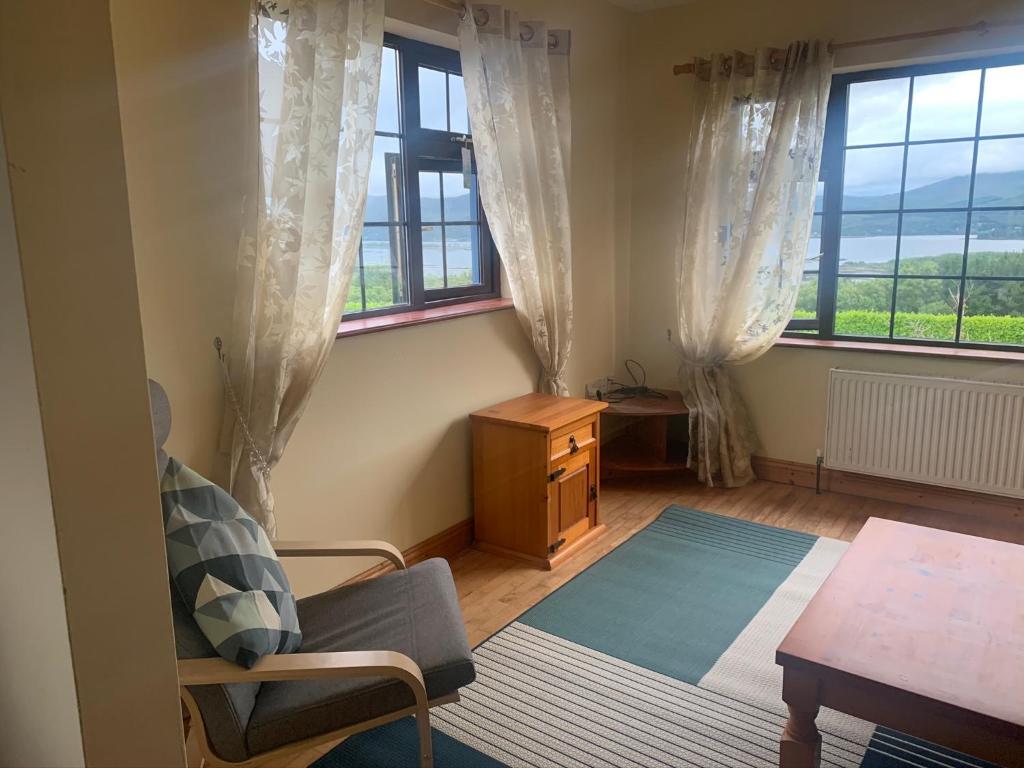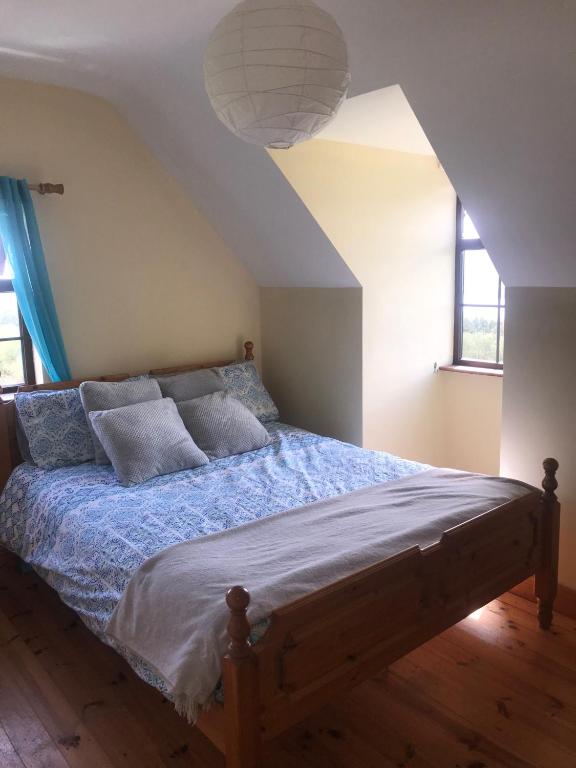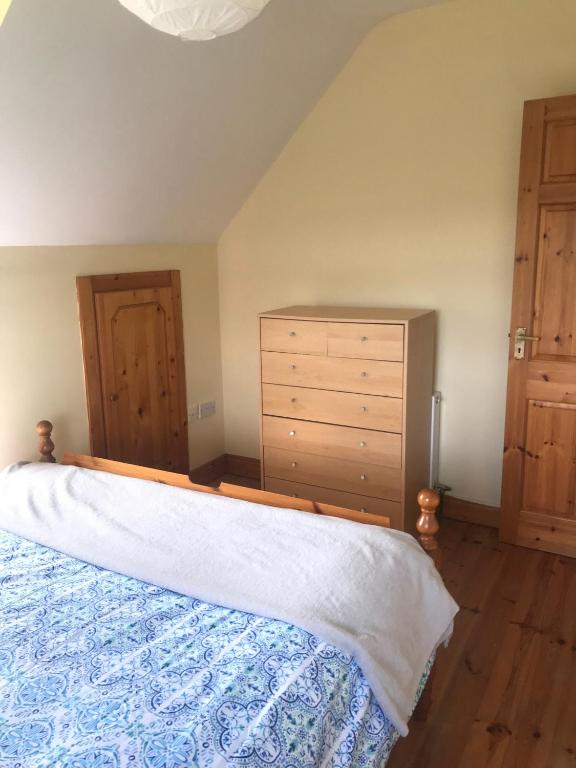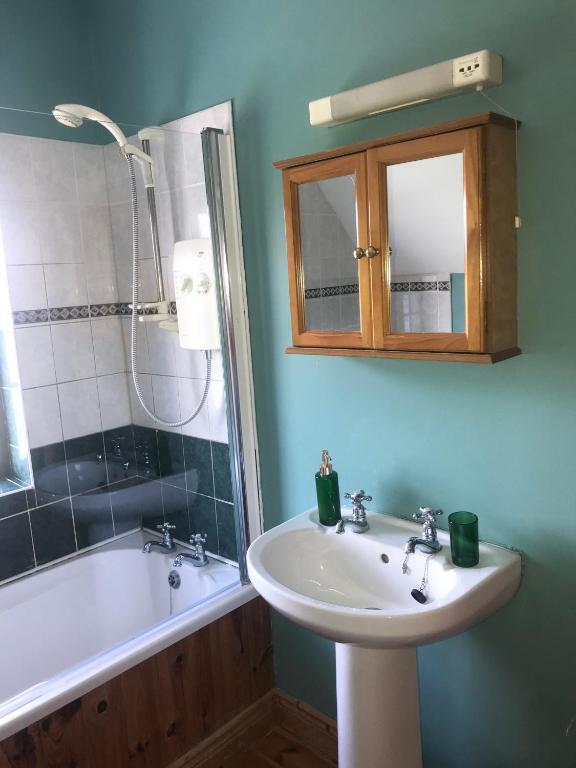Mentioned by MICHELIN Guide
Cork county MICHELIN Restaurants - theIreland


"Some pubs have called in diggers and construction crews, others have splashed out on fancy designer 'street furniture. This famous West Cork pub really only needed to put a fresh coat of varnish on the picnic tables. But they are putting more outdoor facilities in place for customers."
"This delightful harbourside pub has been owned by the Arundel family for over 100 years. Following several months closure in 2020, brothers Michael and Tom Moloney from Cork city took over the management and re-opened it in time for the short summer se ..."


"Our family run seasonal lakeside hotel is nestled in one of the most scenic and romantic glens in the South West of Ireland, in West Cork, at the source of the river Lee, and just one kilometre from Gougane Barra National Forest Park. Overlooking magical Gougane Barra Lake and St. Finbarr's sixth century hermitage, Gougane Barra Hotel is a favourite place for visitors of all kinds. Our 3 star, country house hotel is renowned for its genuine old-fashioned hospitality, award winning real food, relaxed atmosphere, comfortable accommodation and personal attention, which people keep returning for."
"In one of the most peaceful and beautiful locations in Ireland, this delightfully old-fashioned family-run hotel is set in a Forest Park overlooking Gougane Barra Lake (famous for its monastic settlements). The Lucey family has run the hotel since 193 ..."

"Located in West Cork looking onto the Atlantic Ocean, the Beara Coast Hotel awaits you during your Wild Atlantic Way journey. This boutique hotel is the perfect destination for a romantic hideaway or hub to explore all West Cork has to offer. Explore Bere Island or take a day trip to Kenmare in Co Kerry or Bantry in Cork Cork and then relax in this recently renovated hotel."




"Now – a quick disclaimer – the photo above isn’t Glengarriff Caravan and Camping Park. We couldn’t find a photo that we could use for this one. Located under the mighty Caha Mountains and adjacent to the beautiful Bantry Bay, is Glengarriff Caravan and Camping Park."


"Signposted 1.5km northeast of Muckross House, this well-preserved ruin (actually a friary, though everyone calls it an abbey) was founded in 1448 and burned by Cromwell's troops in 1652. There's a square-towered church and a small, atmospheric cloister with a giant yew tree in the centre (legend has it that the tree is as old as the abbey). In the chancel is the tomb of the McCarthy Mòr chieftains, and an elaborate 19th-century memorial to local philanthropist Lucy Gallwey."

"Allihies Copper Mine Museum - The objective of the museum is to recognise, research, preserve and celebrate the rich mining heritage of Allihies. The museum achieves this through the display of artefacts, the use of photographs, illustrations, original drawings and documents, diagrams and maps, as well as a number of key large-scale models together with text panels. The location of the museum is a key factor being the Methodist chapel built in 1845 for the Cornish miners working in the mines.The Mountain Mine copper vein in Allihies, was discovered in 1813."
"In 1812, life in Allihies changed utterly when a rich copper deposit was discovered in the area and the biggest copper mining enterprise in Ireland was established by the Puxley family which saw the Industrial Revolution spread its tentacles to this most remote corner of Ireland. Visit Allihies Copper Mine Museum and discover this extraordinary story of exemplary engineering coupled with less than exemplary social conditions. For more information visit www.acmm.ie"

"Located on the outskirts of Kealkill village, the castle played a dramatic role in one of Irish History’s most exciting stories. In 1602, the castle’s owner, Donal Cam O’Sullivan Bere, led his followers past its gates on a march to Leitrim that would see him join the Flight of Earls from Ireland; that flight itself marked the end of Gaelic civilisation in Ireland. During the summer, the castle is open every day from 9am until 5pm."

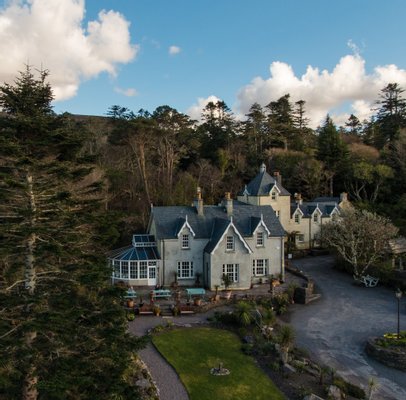
"Opened in 1837 as a hunting lodge, this magnificent estate sprawls over 17 hectares incorporating a waterfall, beach and six different gardens, ranging from palms to a primeval fern forest with dinosaurs carved from fallen trees. Ireland's longest rope bridge, the 33.5m Skywalk, sways precariously 11m above the River Delligeenagh, which swirls through the property.Walled kitchen gardens and farm animals provide ingredients for its Thai restaurant (mains €10 to €15.50). It's also possible to stay here (double/suite from €85/140)."


"Bantry House in West Cork is a very historic house contains an important collection of tapestries, paintings, furniture and artefacts. Bantry House is the ancestral home of the Earls of Bantry, still lived in by their descendant Egerton & Brigitte Shelswell-White, and their family. About 1820 Richard, the first Earl of Bantry, enlarged the house by adding the two drawing rooms."
"No visit to Bantry could be considered complete without a visit to the stately Bantry House & Gardens. Bought by the White Family in 1765 and enlarged by Richard White, the 2nd Earl of Bantry,it is now lived in and owned by the Shelswell-White family, descendants of the Earls of Bantry. The house has an eclectic collection of tapestries, furniture and art treasures."
"Bantry House & Gardens, a great opportunity to visit one of Ireland's renowned stately houses with views out over Bantry Bay. Take a tour of this historic house and gardens. Take in the history that will surround you here in West Cork."

"Located on the outskirts of Kealkill village, the castle played a dramatic role in one of Irish History’s most exciting stories. In 1602, the castle’s owner, Donal Cam O’Sullivan Bere, led his followers past its gates on a march to Leitrim that would see him join the Flight of Earls from Ireland; that flight itself marked the end of Gaelic civilisation in Ireland. During the summer, the castle is open every day from 9am until 5pm."

"Derrynane House was the home of Maurice 'Hunting Cap' O'Connell, a notorious local smuggler who grew rich on trade with France and Spain. He was the uncle of Daniel O'Connell, the 19th-century campaigner for Catholic emancipation, who grew up here in his uncle's care and inherited the property in 1825, when it became his private retreat. The house is furnished with O'Connell memorabilia, including the impressive triumphal chariot in which he lapped Dublin after his release from prison in 1844."





